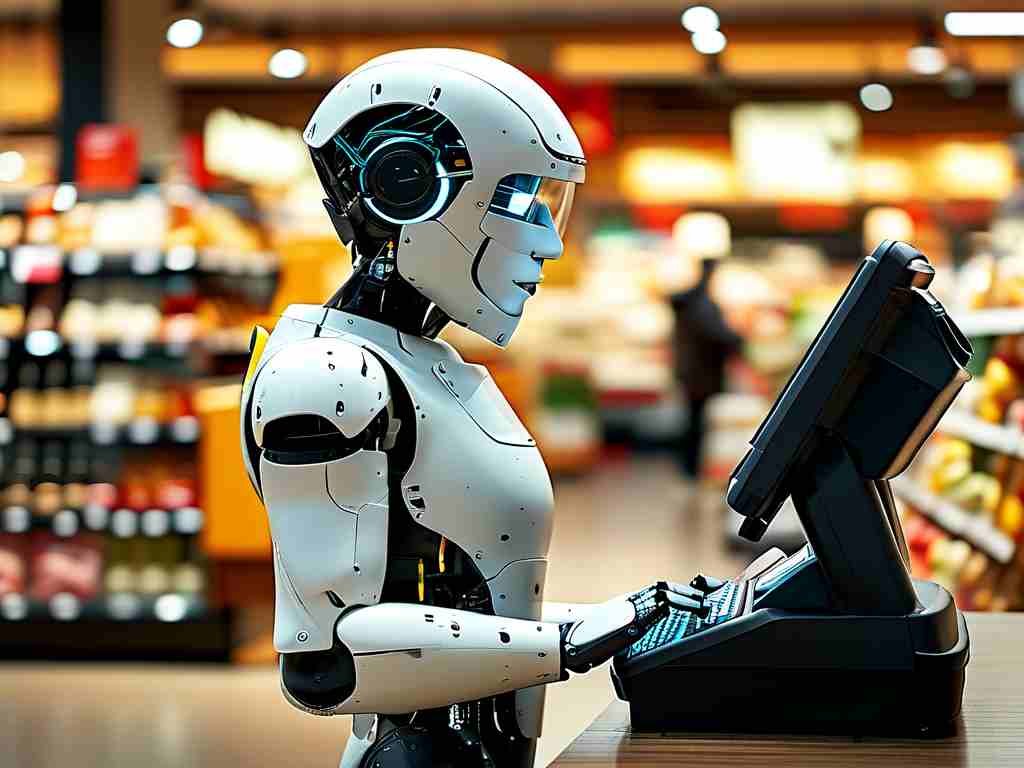The history of automated deployment is a narrative of humanity's relentless pursuit of efficiency and precision in software development. From the early days of manual code deployment to today's seamless CI/CD pipelines, this journey has reshaped industries, accelerated innovation, and redefined collaboration. To understand its historical significance, we must explore its origins, pivotal breakthroughs, and lasting impacts on technology and society.

1. The Pre-Automation Era: Chaos and Constraints
Before the 1990s, software deployment was a labor-intensive process. Developers manually compiled code, configured servers, and tested updates-often during late-night "maintenance windows" to avoid disrupting users. Errors were frequent: a misplaced configuration file or missed dependency could crash systems for hours. Organizations like banks and telecom providers faced immense pressure as software complexity grew. The separation between development and operations teams ("Dev" vs. "Ops") created silos, slowing feedback loops and breeding frustration.
This manual approach became unsustainable with the rise of the internet. As e-commerce and web applications exploded in the late 1990s, companies like Amazon and eBay realized that manual deployments couldn't scale with user demand. The dot-com bubble's burst further intensified the need for cost-effective, error-proof solutions.
2. The Birth of Scripted Automation (2000s)
The early 2000s marked the first shift toward automation. System administrators began writing shell scripts to automate repetitive tasks like server provisioning or database migrations. Tools like CFEngine (1993) and later Puppet (2005) introduced declarative configurations, allowing teams to define desired system states rather than writing step-by-step commands.
However, these solutions were fragmented. Scripts often broke when environments changed, and teams struggled to maintain consistency across development, testing, and production. The of virtualization (e.g., VMware) added new layers of complexity, exposing the limits of early automation.
3. DevOps and the CI/CD Revolution (2010s)
The 2010s brought a cultural and technical paradigm shift: DevOps. Pioneered by companies like Netflix and Etsy, DevOps emphasized collaboration between developers and operations. Automation became its backbone. Tools like Jenkins (2011) enabled continuous integration (CI), automatically testing code changes. Soon after, continuous deployment (CD) tools like Ansible (2012) and Kubernetes (2014) emerged, orchestrating containerized applications across clusters.
This era saw the rise of "infrastructure as code" (IaC), where environments were version-controlled and deployable with a click. Cloud platforms (AWS, Azure) democratized access to scalable infrastructure, while GitHub Actions (2019) and GitLab CI/CD made automation accessible to startups and open-source projects. The results were staggering: Deployment frequencies increased from quarterly to daily-or even hourly-for tech leaders like Google.
4. Economic and Cultural Impacts
Automated deployment transformed business models. Startups could now iterate rapidly, testing ideas in real-time without massive IT budgets. The "fail fast" mentality became feasible, reducing the cost of experimentation. For enterprises, automation slashed downtime costs-estimated at $5,600 per minute for critical systems-by up to 90%.
Culturally, it dissolved the "wall of confusion" between teams. Developers gained visibility into operations, while sysadmins contributed to deployment pipelines. This collaboration fueled agile methodologies, enabling organizations like Spotify and Airbnb to scale globally with lean teams.
5. Societal Implications: Speed vs. Security
Yet, automation introduced new challenges. High-profile breaches (e.g., Equifax 2017) revealed risks in automated pipelines lacking security checks. The concept of DevSecOps emerged, integrating security scanners and compliance checks into CI/CD workflows. Meanwhile, the pressure for constant deployment raised concerns about developer burnout and the ethical implications of "move fast and break things" cultures.
On a broader scale, automated deployment accelerated digital transformation during crises like COVID-19. Telemedicine platforms and remote work tools scaled overnight, relying on robust deployment pipelines. It underscored automation's role as critical infrastructure in modern society.
6. The Future: AI and Autonomous Systems
Today, AI is pushing automation further. Tools like GitHub Copilot suggest deployment scripts, while AIOps platforms predict infrastructure failures. The next frontier is autonomous deployment, where systems self-heal and optimize without human intervention. However, this raises questions about accountability: Who is responsible when an AI-driven deployment fails?
: A Foundation for Innovation
Automated deployment's historical significance lies in its role as an enabler. It turned software delivery from a bottleneck into a strategic asset, powering innovations from mobile apps to AI. As we enter an era of quantum computing and edge networks, the principles forged in this evolution-speed, reliability, and collaboration-will remain foundational. The story of automation is far from over; it's a prologue to humanity's next technological leap.









